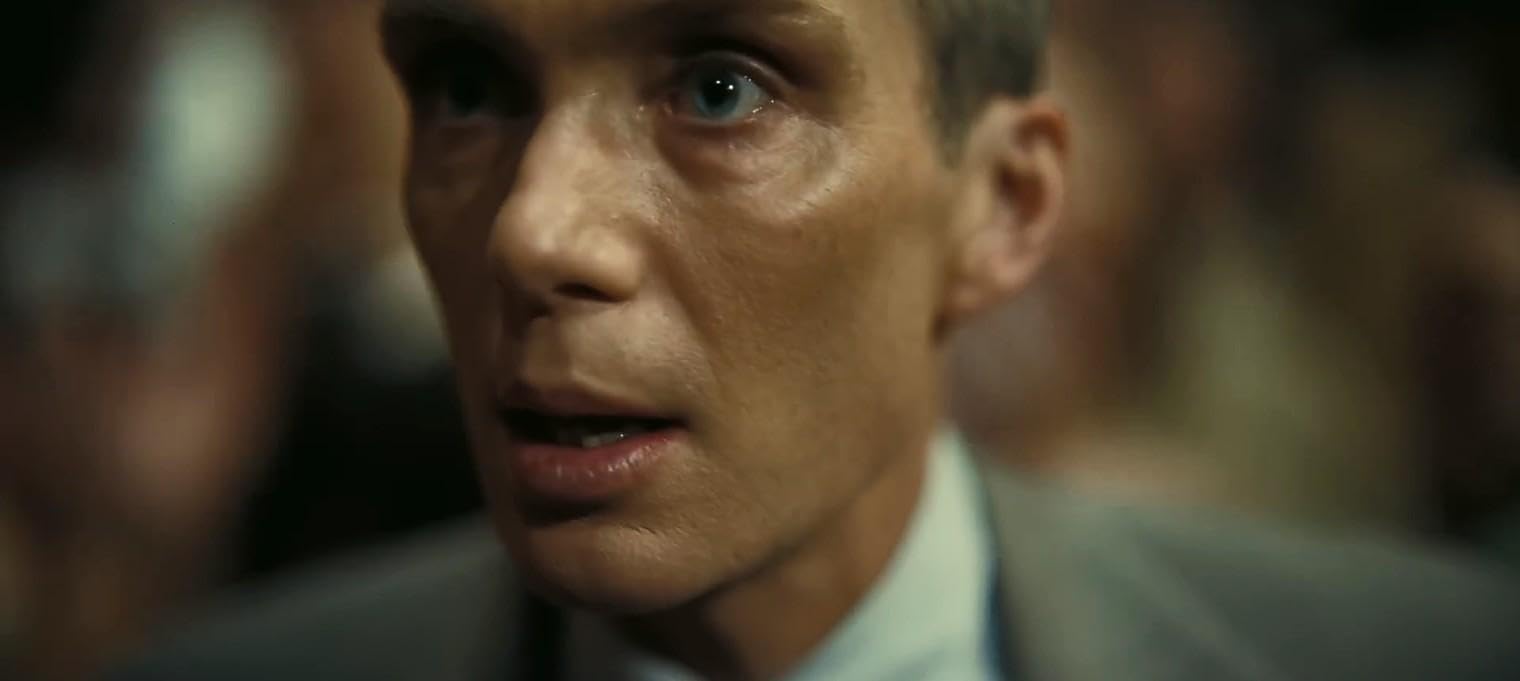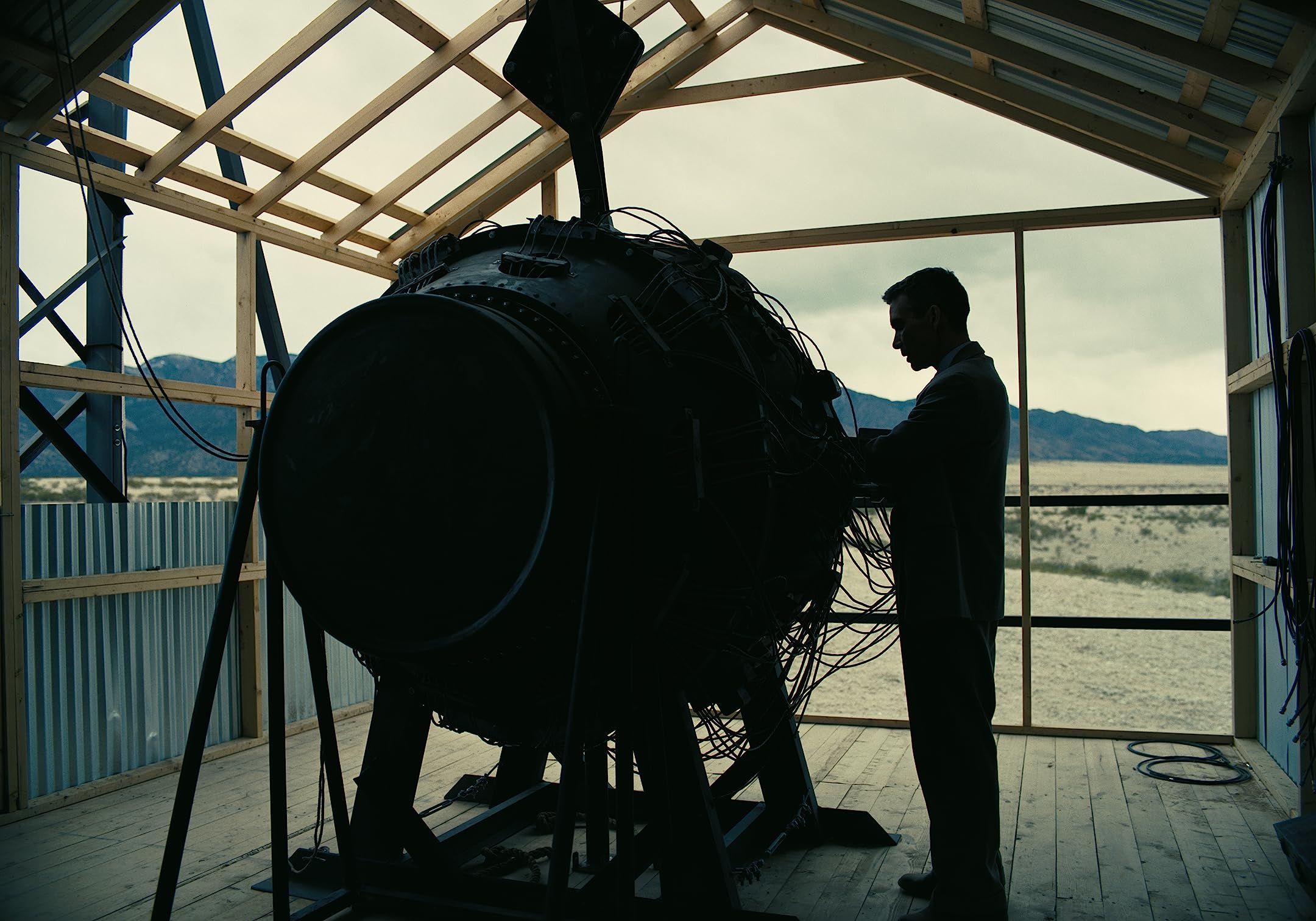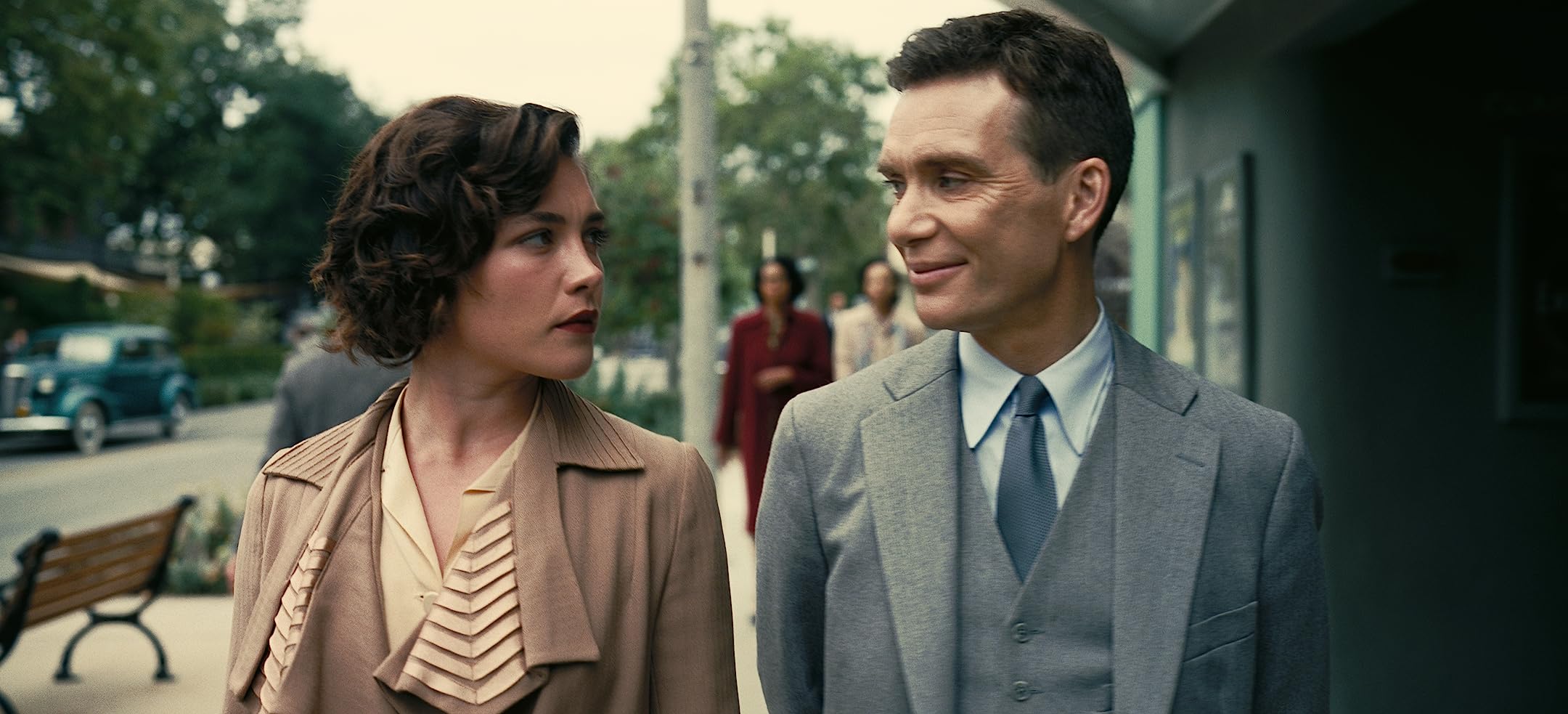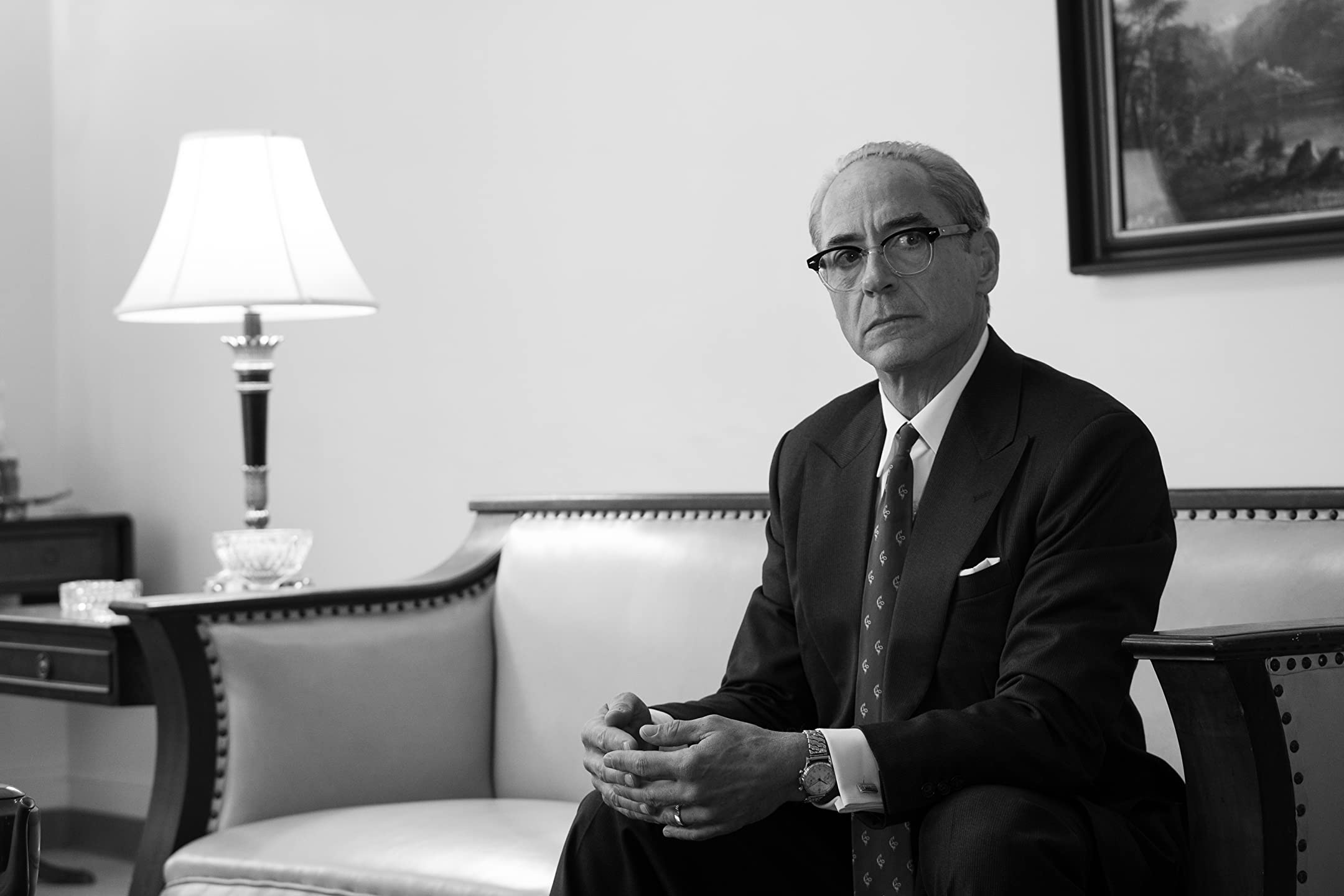Christopher Nolan’s meticulous approach to film-making pays dividends
A week since its release, it’s safe to say that Christopher Nolan’s “Oppenheimer,” starring the likes of Cillian Murphy, Robert Downey Jr., Florence Pugh, Emily Blunt, and Matt Damon, is one of the biggest (and longest) films of the year. Nolan’s latest biopic explores the life of the “father of the atomic bomb,” J. Robert Oppenheimer—delving into the events that occurred before, during, and after the Trinity Test in Los Alamos, the first-ever detonation of a nuclear device.
Landing in theaters alongside box-office hit “Barbie,” “Oppenheimer” has done well for itself, grossing $209.3 million worldwide and earning a 94% critic consensus and 93% audience score on Rotten Tomatoes thus far. But behind the growing success of “Oppenheimer” lies Nolan’s infamous and meticulous approach to film-making—the director whose reputation precedes him, has made his mark in Cinema with titles such as “The Dark Knight,” “Interstellar,” “Tenet,” “Inception,” and “Dunkirk,” under his belt. With one of the largest explosions recorded in human history as the film’s centerpiece, it may seem contradictory, but it’s the little things that made “Oppenheimer.”
Minor spoilers ahead.
The apparent genius of Cillian Murphy

In an interview with IMDb, Nolan discussed the process and the thought that went into the casting of Murphy for the film’s primary role:
“I’ve worked with Cillian for 20 years. I know he’s one of the great actors, but I’ve never worked with him as a leading man. So this time, I’ve got to pick up the phone and say ‘Okay, this is the one. This is the one where you’re taking center stage. And not just that, I’ve written the script in the first person. You’re going to have to take the audience with you. We’re going to see everything through your eyes.’”
Murphy’s performance is subtle yet nuanced. Oppenheimer, throughout the film’s three-hour-long runtime, is relatively reserved, except for one particular scene. He isn’t the most outspoken personality. He does not shout nor does he move in an exaggerated manner—he mostly keeps to himself. In between lines and even in the middle of a conversation, Murphy shines even brighter as he ceases to talk—the dialogue around mutes out as if they were speaking from a distance, and him leaving us with a blank stare that tells us more than what any other script can; from an excitement that he can barely keep at bay to the harrowing guilt and fear creeping up on him. In a film so focused on dialogue and exposition, he is at his best when it is at its most quiet. Murphy seems to have gotten the memo, taking Nolan’s words to heart, and delivering a performance of a lifetime that should put him in serious consideration for an Oscar.
An emphasis on practical effects

By now, casual moviegoers and film aficionados alike are well aware of Nolan’s penchant for practical effects; the rotating hallway set of “Inception,” the 14-thousand pound spaceship of “Interstellar,” and the exploding jet in “Tenet.”
Explaining the reason for his preference for practical effects, in an interview with IGN, Nolan shared:
“We used computer graphics in the explosion in “The Dark Knight Rises” but it was, strange to say, that sequence it was the release of tension, it was actually put further away and made to feel safe. But when it came to “Oppenheimer,” it felt like, how do we portray the Trinity Test, that first atomic device being detonated? That’s not going to work.” He added, “Computer graphics, extremely versatile, and the detail that can be achieved and the variety of imagery that could be achieved is obviously unparalleled. But they tend to feel anodized, a little safe, it’s very difficult to have computer graphics convey threat.”
With an atomic detonation set to be one of the main selling points of “Oppenheimer,” it wasn’t the feasibility of pulling off such a feat, or whether he was going to do it practically or not that was the concern, but how. Spoiler alert: It wasn’t through detonating an actual nuke (who knows, if permitted he may have actually done it), but through a combination of different methods; smashing ping-pong balls together, splashing paint across the room, and using luminous magnesium solutions.
Beyond complementing the sight of a massive explosion with minute details, as if you were observing the blast through a microscope; the sparks, the ignition, the ball of flame—these minimal additions, these chain reactions allow you to feel its growing intensity and heat as far as a cinematic experience can possibly bring.
While we’re on the topic of the Trinity Test, let’s not forget to mention the sound and the editing during the detonation.
This film is about guilt and it always comes after the fact, not before. The entire sequence showcases the two states of mind Oppenheimer and those within Los Alamos enter; the awe and wonder from the flash of light coming from the bomb, and the unsettling fear towards what they have created as soon as sound hits—and they feel a fraction of the force of a weapon that can potentially wipe out the human race. It’s a visual spectacle to behold, but “Oppenheimer” was never about the bomb.
The perfect score

The perfect musical score completes a film—it drives a scene, with notes swelling and intensifying to invoke tension and drama, and slowing down to present a sense of ease. Ludwig Göransson who had previously worked with Nolan in “Tenet” was magnificent. I can point to two instances that remain etched in my mind:
“Can You Hear The Music” plays as we delve deeper into the mind of Oppenheimer during his conversation with Niels Bohr, as he perceives the world of physics and we’re treated to his imaginings of dust particles, fluorescent lights, and atoms. The track plays as if it came straight out of a Harry Potter movie; depicting the sparks of curiosity and wonder that are stoked within the confines of a school. As the song intensifies and quickens in pace, we can feel Oppenheimer’s desire for answers grow and swell until he is shaken out of his trance.
“Trinity” plays during the final scenes leading up to the long-awaited nuclear detonation during the Trinity test. Göransson is relentless, playing the violin with an unmatched pace, with both volume and tempo going higher and higher as the song progresses in equal measure. It invokes anxiety, placing the viewer in a state of equal stress with those within Los Alamos. But more than that, as if it were a horror movie, it instills a level of fear, created by the uncertainty of what would happen once the “gadget” is detonated, harking back to the discussions of the possibility of “atmospheric ignition.”
An all-out performance

It’s been mentioned that actors and actresses themselves have become such massive fans of Nolan that they would drop anything to be a part of his films. And with the staggering amount of big Hollywood names tied to the project, and some with brief screen time—it may be true. Matt Damon who plays the role of Lt. Gen. Leslie Groves Jr., recently shared that he and his wife agreed to take time off acting unless Nolan called, showing the power he holds.
With a once-in-a-lifetime opportunity having knocked on their door, it’s no surprise that everyone involved brought their A-game and acted their behinds off. Most notably however aside from Murphy; Robert Downey Jr., Florence Pugh, and Emily Blunt.
“Oppenheimer” was truly a masterpiece and one of Nolan’s finest. However, beyond the magnificent visuals and the IMAX, the film’s ongoing success can be attributed to Nolan’s meticulous approach to film-making, which can be seen through the actor’s performances, the emphasis on practical effects, and the score.










































